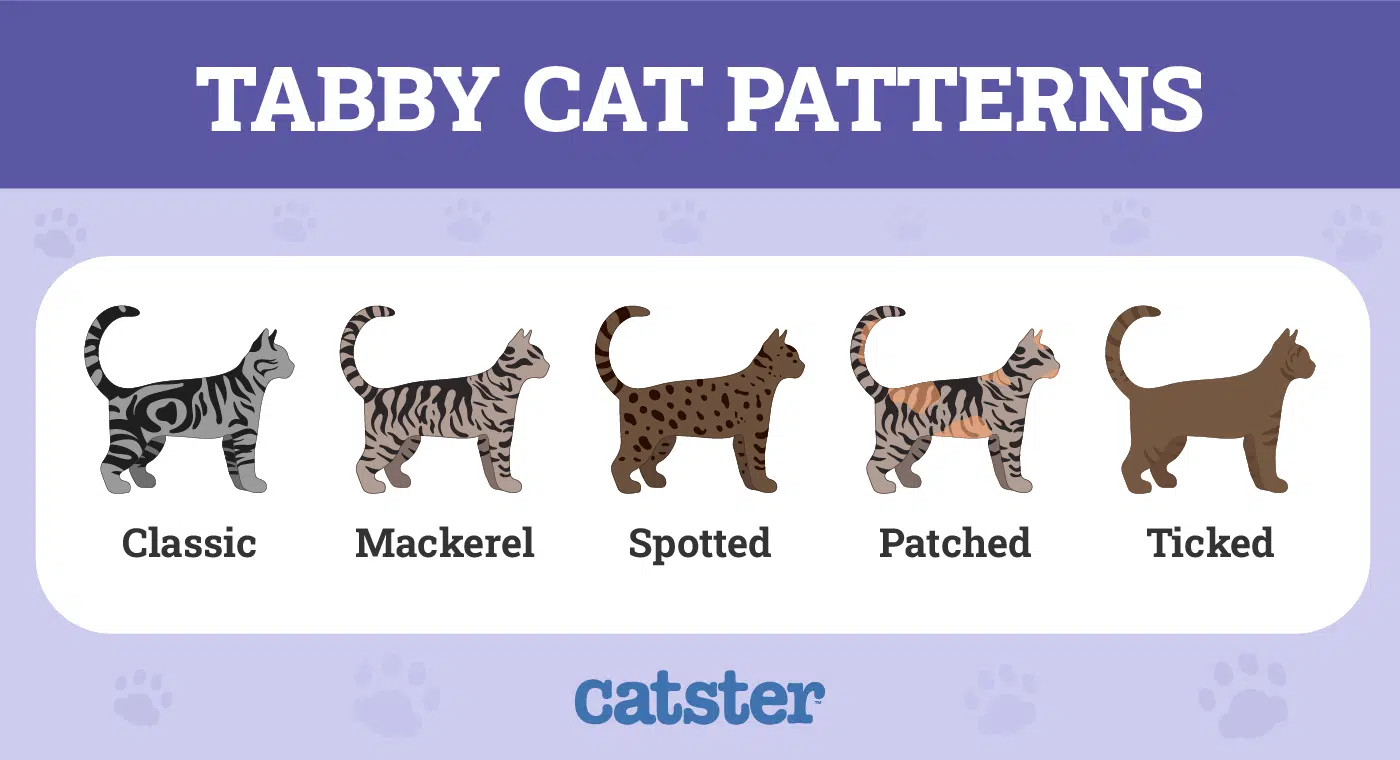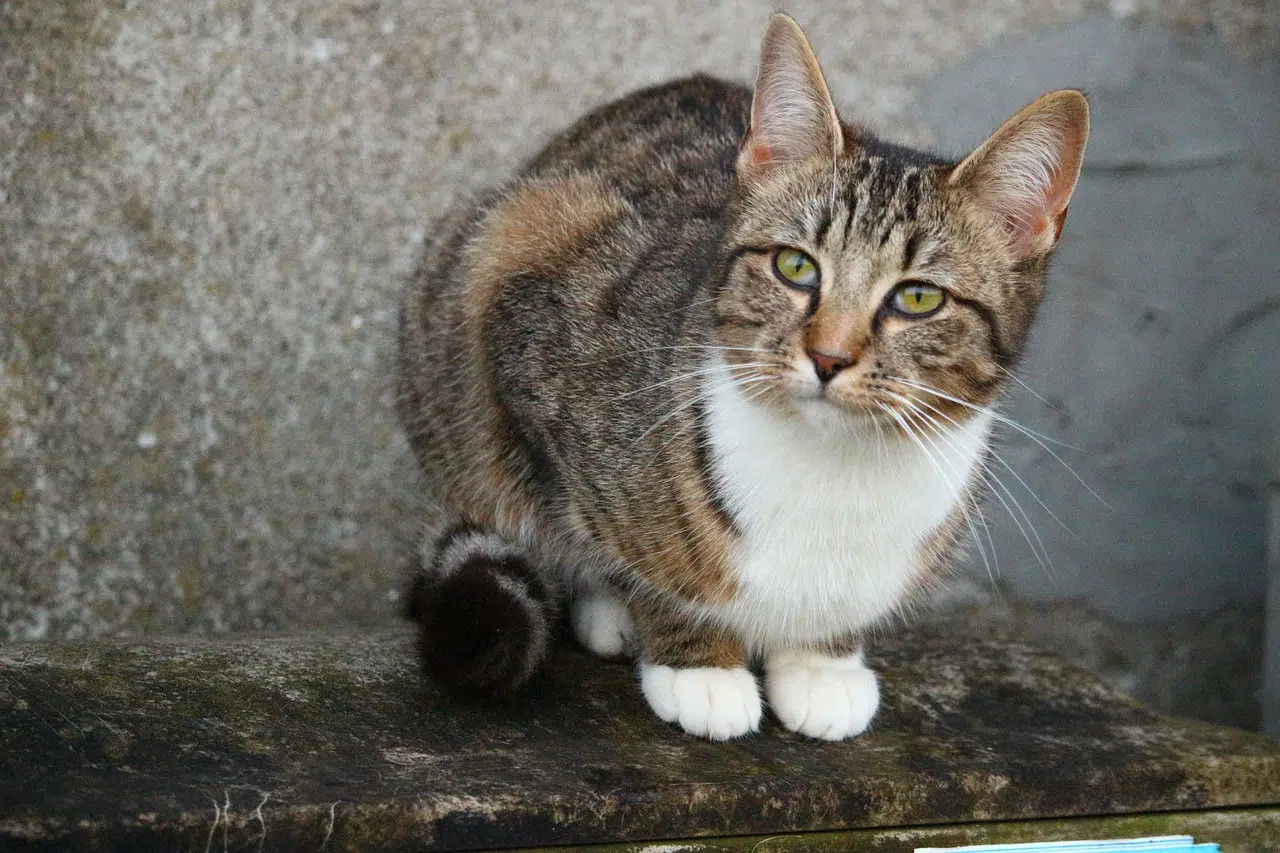The Brown Striped Cat, often referred to as a brown tabby, is a familiar and beloved feline companion in households across the globe. While their common presence might make some overlook them, these cats are undeniably beautiful and possess a rich tapestry of history and unique traits. Many cat enthusiasts have shared their lives with a tabby, especially the warmly colored brown and orange variations. The distinctive tabby pattern itself holds a special place in the hearts of cat lovers, celebrated for its diverse expressions across breeds and its subtle nod to the wild ancestry of domestic cats. Think of the iconic Garfield – his very image brings the classic tabby pattern vividly to mind!
Despite their ubiquity, brown striped cats remain an intriguing variety with a captivating story to tell. Let’s delve into seven surprising facts about the brown tabby cat that you might not have encountered before.
7 Remarkable Facts About the Brown Striped Cat
1. Brown Striped Cat: Pattern, Not Breed
It’s a common misconception to think of “tabby” as a breed. In reality, tabby describes a coat pattern, not a specific breed of cat. The brown striped pattern, in particular, is a widespread marking that can appear in almost any cat breed. From the majestic Maine Coon to the sleek Bengal, the playful Abyssinian, and countless mixed-breed cats, the brown tabby pattern is a testament to its genetic prevalence. So, while you might have a brown striped cat, its breed could be anything from a recognized pedigree to a charming domestic shorthair.
2. A Name Woven in Silk History
Have you ever wondered about the origin of the term “tabby”? The name itself is beautifully connected to the shimmering, striped patterns reminiscent of silk fabrics. The word “tabby” actually originates from the French phrase “striped silk taffeta,” referring to a luxurious woven silk material. Tracing its roots further, we find the Arabic term “attabiya,” which denoted a district in Baghdad renowned for its exquisite striped silk cloth production. The term evolved through Middle French (“atabis”) and then “tabis” before settling into the “tabby” we use today. So, in a way, when you admire a brown striped cat, you’re appreciating a pattern name inspired by fine silk!
3. Five Unique Tabby Pattern Variations
Brown is just one color in the diverse palette of tabby cats. Alongside color variations come a fascinating array of patterns. Breeders and feline enthusiasts generally recognize five distinct tabby patterns: classic, mackerel, patched, spotted, and ticked. It’s believed that all these patterns evolved through selective breeding and natural mutations from the mackerel pattern, which itself is thought to be inherited from the African or Near Eastern wildcat, the ancestor of our domestic feline friends. This genetic link highlights the deep history embedded in the coat of every brown striped cat.
 tabby cat patterns
tabby cat patterns
4. Echoes of Their Wildcat Ancestry
Brown striped cats possess remarkable camouflage capabilities, especially in natural outdoor settings. Their dark brown coloration and distinctive striped patterns serve as a visual echo of their African wildcat ancestors. These markings are exceptionally effective for concealment, allowing brown tabbies to blend seamlessly into environments with long grass and undergrowth, much like their wild relatives. This natural camouflage is a testament to their evolutionary heritage and survival instincts.
5. The Mystery of the “M” Marking
Beyond their stripes, most brown striped cats share another characteristic marking: a prominent “M” shape on their forehead. This distinctive feature is common to almost all tabby cats, including those with brown and dark brown coats. Legends and myths abound regarding the origin of this “M,” often rooted in religious narratives. One popular story links it to the Islamic prophet Mohammed, who was said to adore tabbies and bestowed the “M” as a blessing. Similarly, Christian and Catholic traditions attribute the marking to Mother Mary, who supposedly marked a tabby cat in gratitude for keeping baby Jesus warm.
However, the true explanation is far less mystical and firmly grounded in genetics. The “M” marking is simply a standard and genetically determined feature of all tabby patterns, a natural part of their inherited coat design.
 brown tabby cat
brown tabby cat
6. Known for Their Affectionate Nature
While attributing personality traits solely to coat color or pattern can be overly simplistic, many cat owners report that tabby cats, particularly brown and orange striped cats, tend to be notably affectionate. These warm-toned tabbies are often described as loving and sociable companions. Of course, individual personalities vary greatly between cats and across different breeds (many of which can exhibit the tabby pattern), but anecdotal evidence consistently points towards tabbies, especially brown striped cats, being exceptionally affectionate members of the feline family.
7. The Most Prevalent Pattern Worldwide
The tabby pattern reigns supreme as the most common coat pattern in the global cat population. This prevalence is partly attributed to the excellent camouflage it provides, which has likely aided survival over generations. Furthermore, the mackerel tabby pattern, the foundational pattern from which others evolved, is inherited directly from Felis sylvestris lybica, the African wildcat (also known as the Near Eastern wildcat). This wild ancestor, still existing today, bears a striking resemblance to domestic tabby cats, albeit with lighter, sandy-colored fur, underscoring the enduring genetic link and the widespread nature of the tabby pattern.
In Conclusion
There you have it – seven captivating facts that illuminate the unique charm of brown striped cats! Which fact surprised you the most? These beautiful felines, common as they may be, are far from ordinary, boasting a rich history, distinctive markings, and often, wonderfully affectionate personalities.
You might also enjoy exploring:
Sources:
Featured Image Credit: viper-zero, Shutterstock
